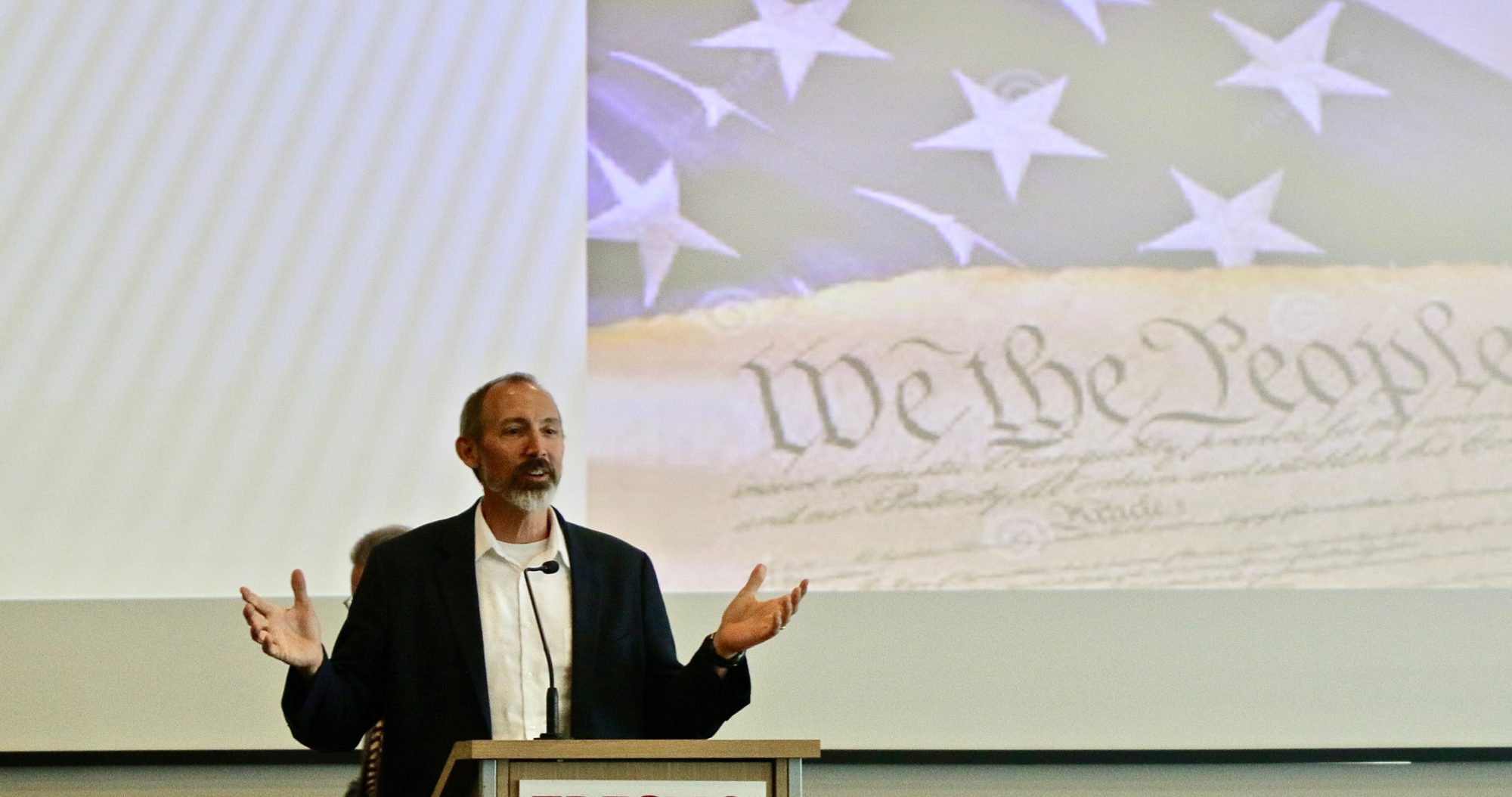What kind of message would an American border wall send to the world?
- Donald Trump’s border wall is a bad idea
- Border walls are symbolic of inequality
- The Berlin Wall fell under its own oppressive weight
It is sad that we are still talking about building walls. Donald Trump wants to build a wall along the southern border of the United States. The world’s borders are becoming more fortified and more difficult to cross. Israel has constructed a massive border wall. Hungary and Saudi Arabia are reportedly working on walls of their own.
This week I am touring Berlin, where the ghost of the Berlin Wall haunts the city. Cobblestones mark its former path. A few remnants are on display for curious visitors.
Checkpoint Charlie and the other infamous icons of the Cold War are tourist attractions. Young people take selfies in places that were once sites of oppression and brutality. Berlin is a wonderful reminder of the absurdity of walls.
East Germany constructed the Berlin Wall in the 1960s in order to prevent citizens from fleeing to the freedom of the West. In 1987, Ronald Reagan came to Berlin and famously said, “Mr. Gorbachev, tear down this wall.” Reagan asserted that peace and prosperity require open gates.
In 1989, a nonviolent revolution occurred, and the Wall fell. Those were hopeful times. A peaceful Germany was reunified with a reunited Berlin as its capital. Berlin is now alive with energy. Reagan was right: when walls are dismantled, peace and prosperity follow.
But we keep building walls. And people keep banging on the ramparts. Thousands have drowned in the Mediterranean in search of a better life in Europe. On the southern border to the U.S., hundreds have died in the deserts.
Inequality across borders explains all of this. People from impoverished and unstable places want to escape their misery. They will scale walls, brave deserts and swim the seas in order to find opportunity.
Unequal opportunity explains the direction of the flow of people. In Germany, Easterners fled west in search of liberty and prosperity. No one scaled the Wall to go East. Today, no one flees Europe or North America to get to Central America or the Middle East. Inequality is at the root of the immigration issue.
The history of divided Berlin reminds us that a wall is a blunt solution for a deep social and political problem. A wall cannot remedy injustice or end inequality. A wall is not as strong as a good idea. And a wall cannot create unity, friendship or lasting peace.
We place too much faith in walls. We tend to think that “good fences make good neighbors.” That proverb was made famous by Robert Frost in a poem called “Mending Wall.” But Frost is often misquoted. His poem refutes the idea that a good wall can make us good neighbors.
In the poem, Frost explains that his neighbor keeps insisting that good fences make good neighbors. But the poet is not persuaded. The urge to build a wall seems un-neighborly and inhumane. Frost says, “Before I built a wall I’d ask to know what I was walling in or walling out, and to whom I was like to give offense.”
Frost reminds us that building a wall is a symbolic act. What kind of message did the Berlin Wall send to the world? What kind of message would an American border wall send to the world?
Frost’s poem concludes, “Something there is that doesn’t love a wall, that wants it down.” When Reagan told Gorbachev to tear down the Berlin Wall, he was channeling Robert Frost.
The desire to build a wall is understandable. Walls are cheap and easy to build in comparison with the difficulty of creating justice. But walls often indicate a poverty of ideas. The Berlin Wall went up because the East German government was based upon a bad idea.
A wall along the U.S.-Mexican border would be built on another bad idea. We permit goods and capital to move freely across borders. But we prevent human laborers from following suit. That’s an unstable system.
At Checkpoint Charlie, tourists from across the globe celebrate the fall of an oppressive wall and a bad idea. This vibrant corner of reunified Berlin shows that peace and prosperity develop from open borders. The human spirit cannot be confined by barbed wire and concrete. And bad ideas eventually collapse under their own oppressive weight.

